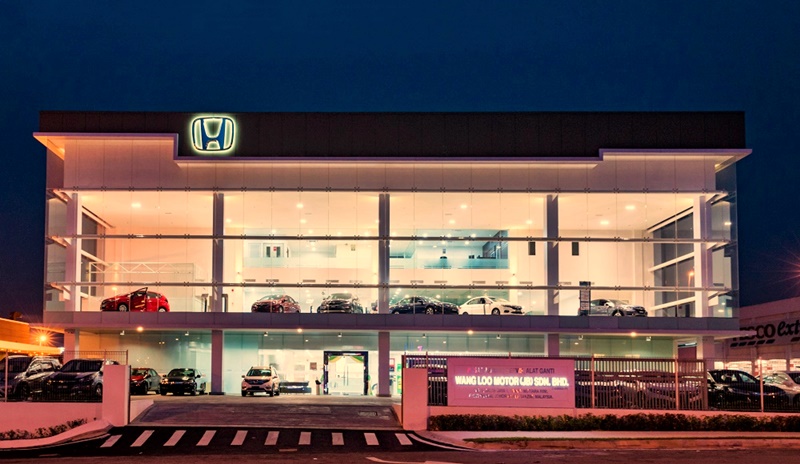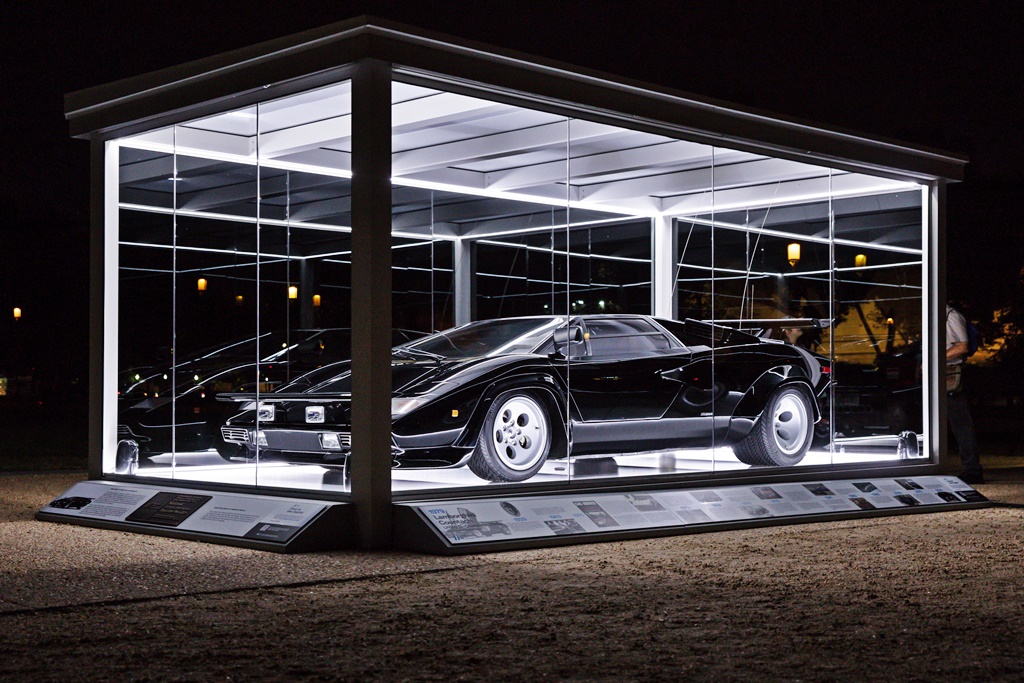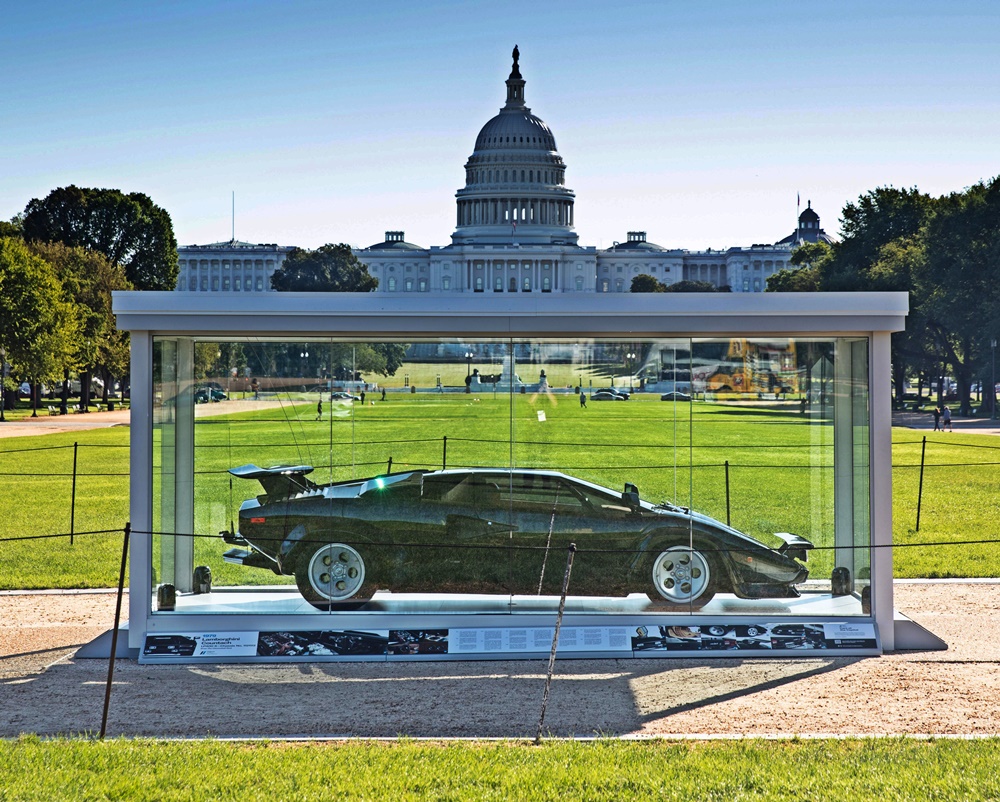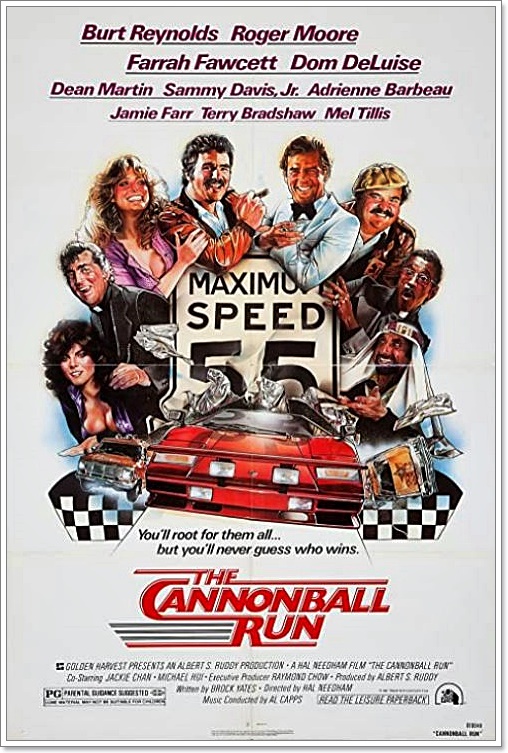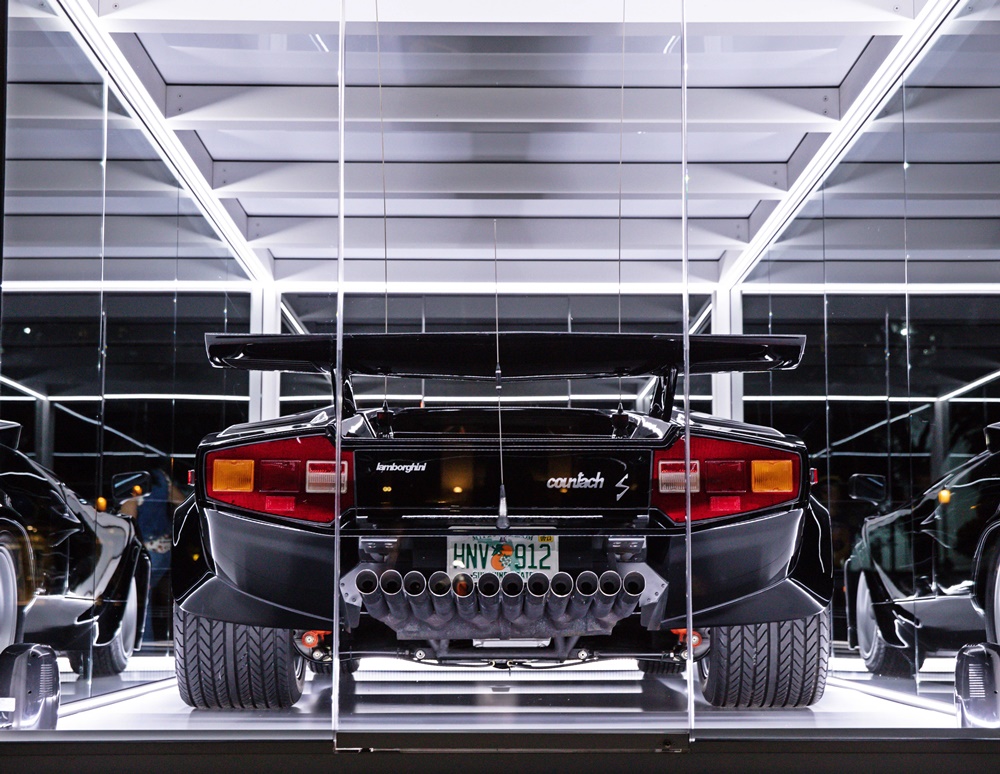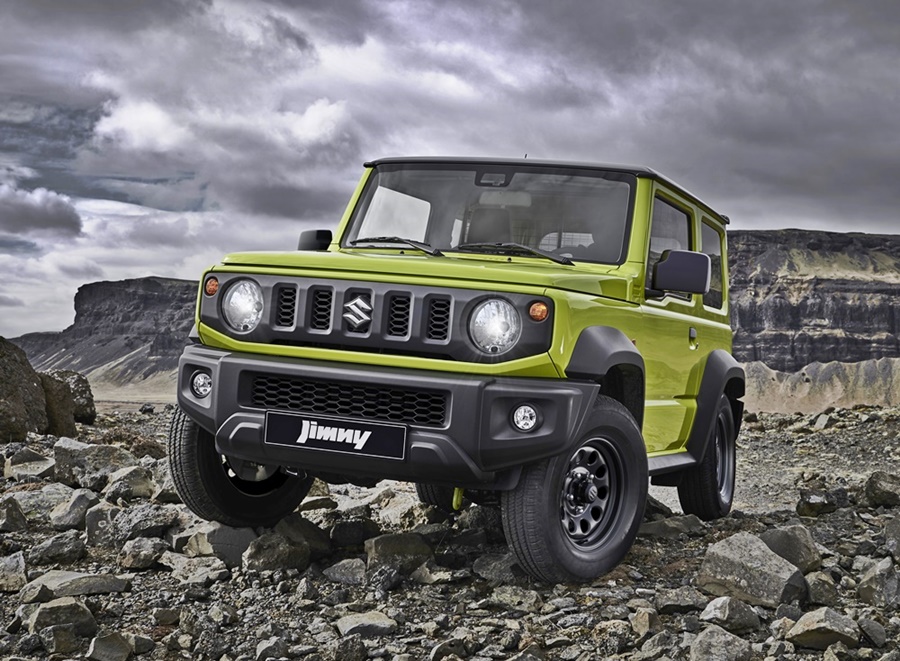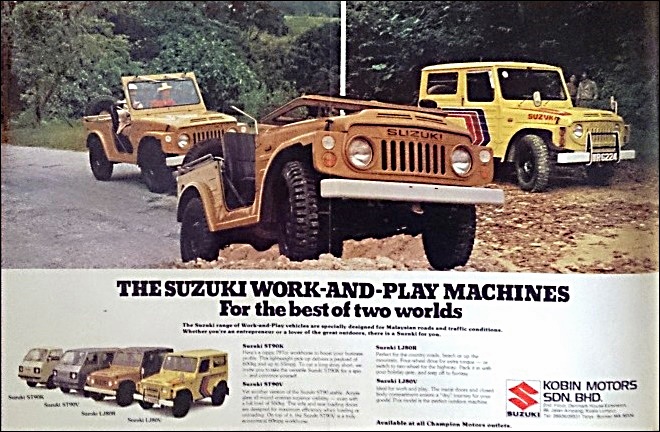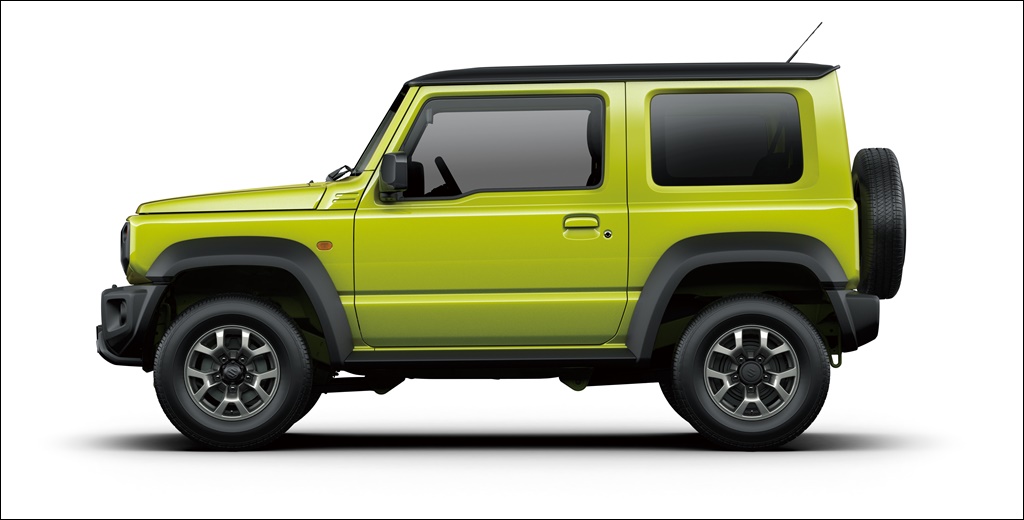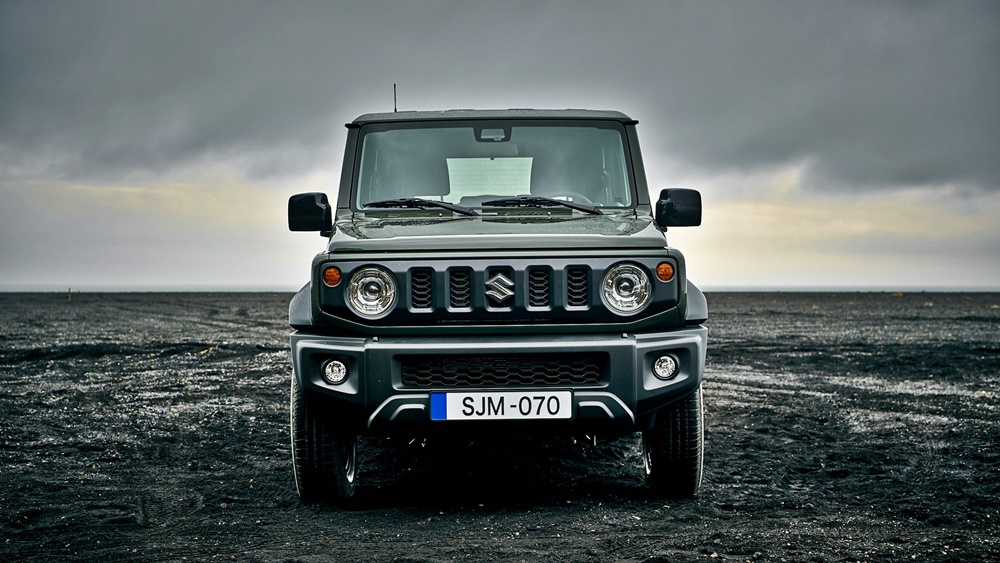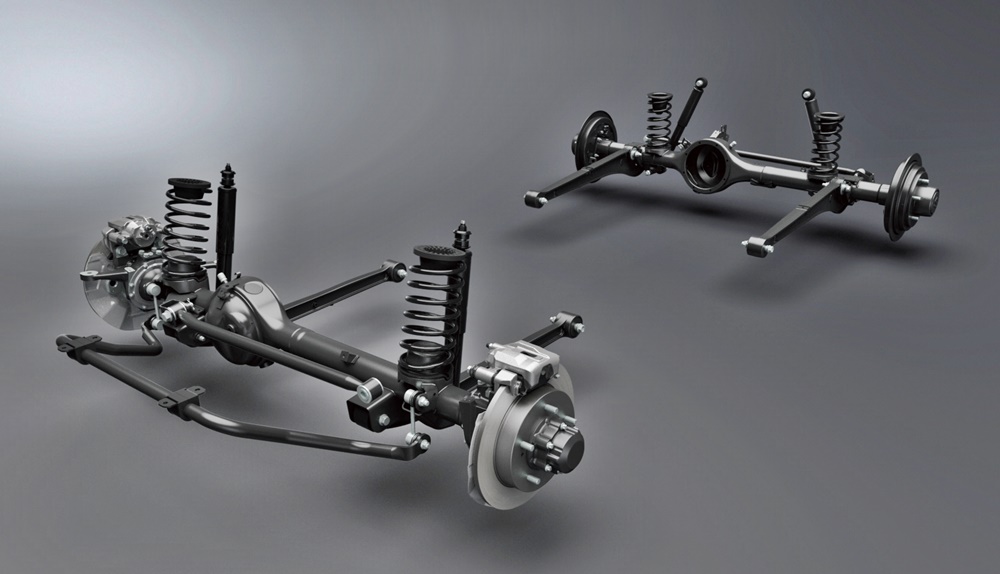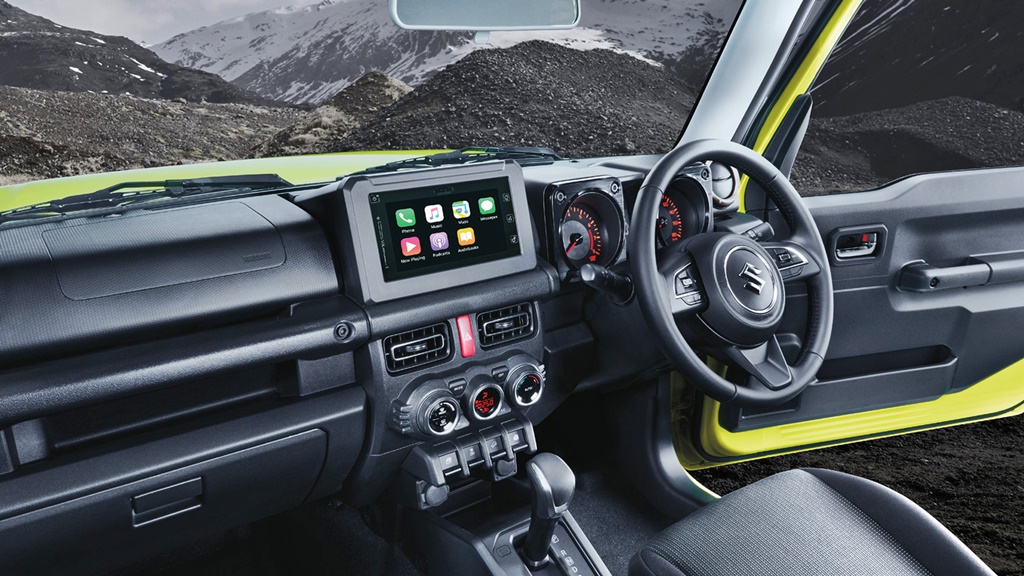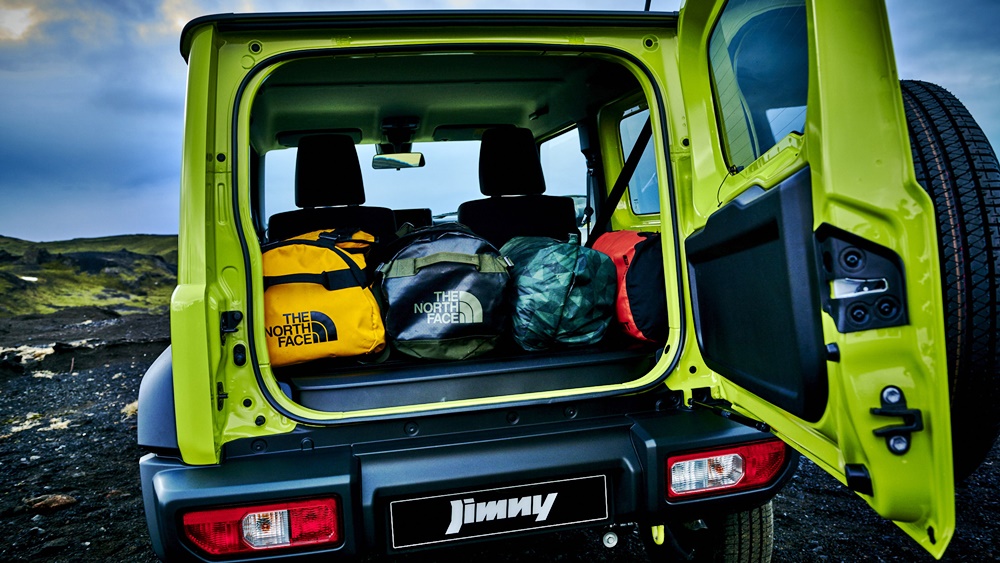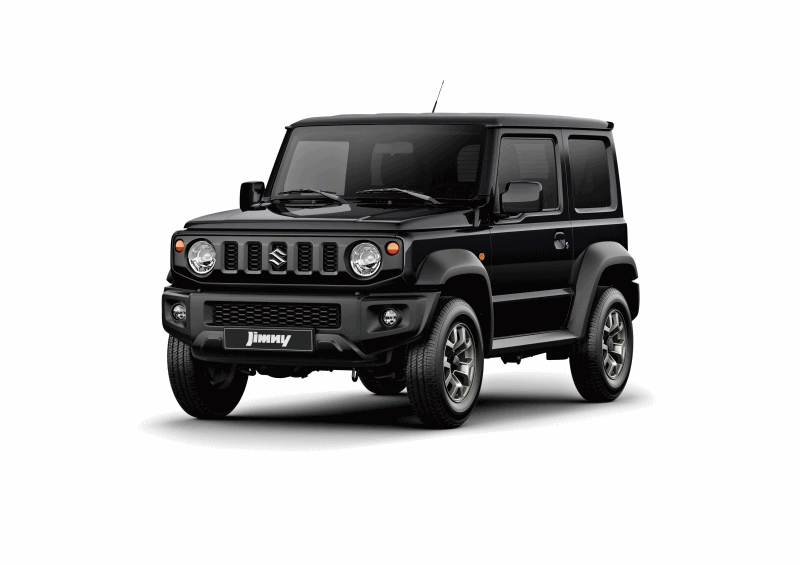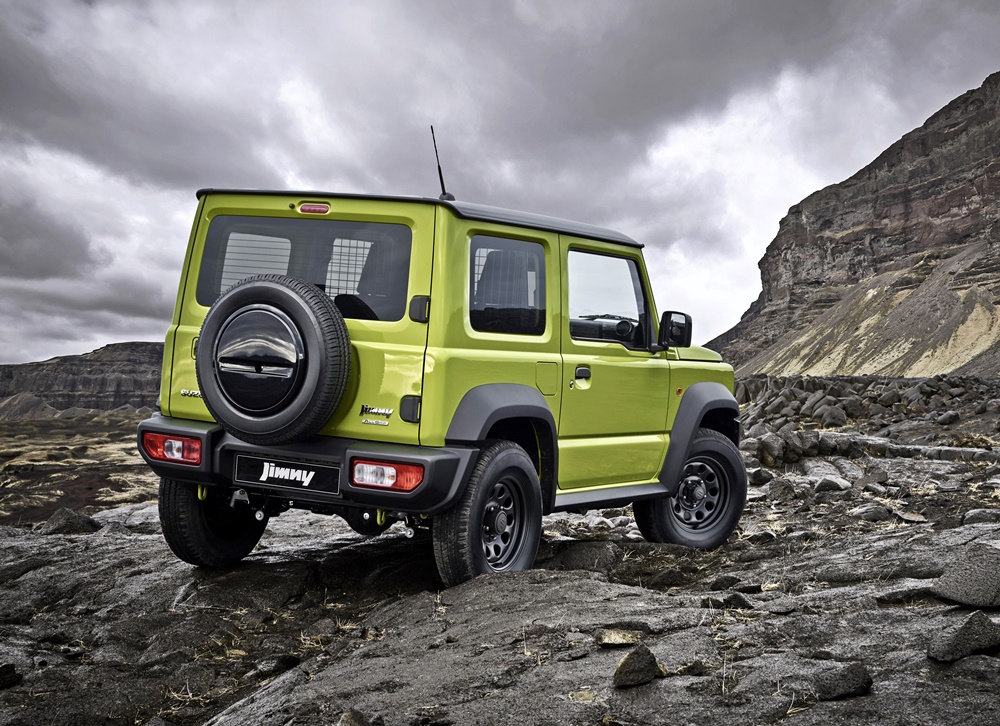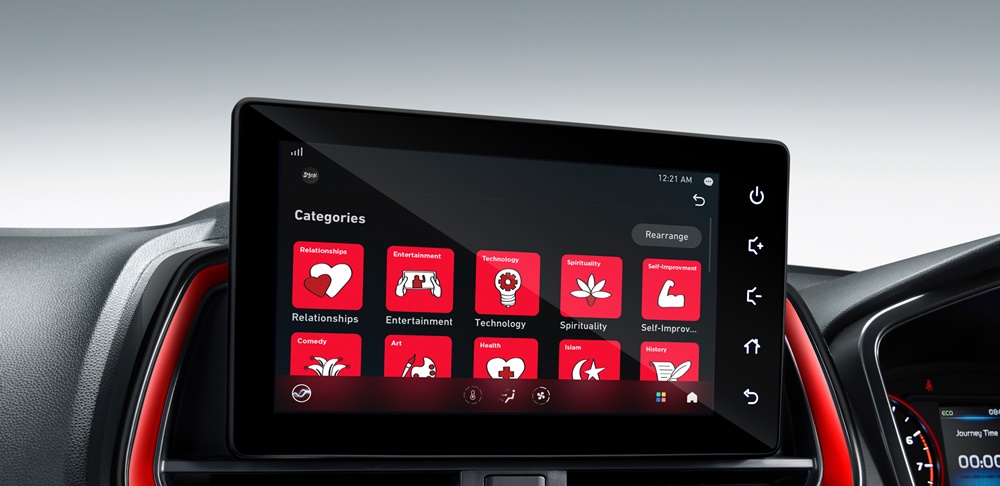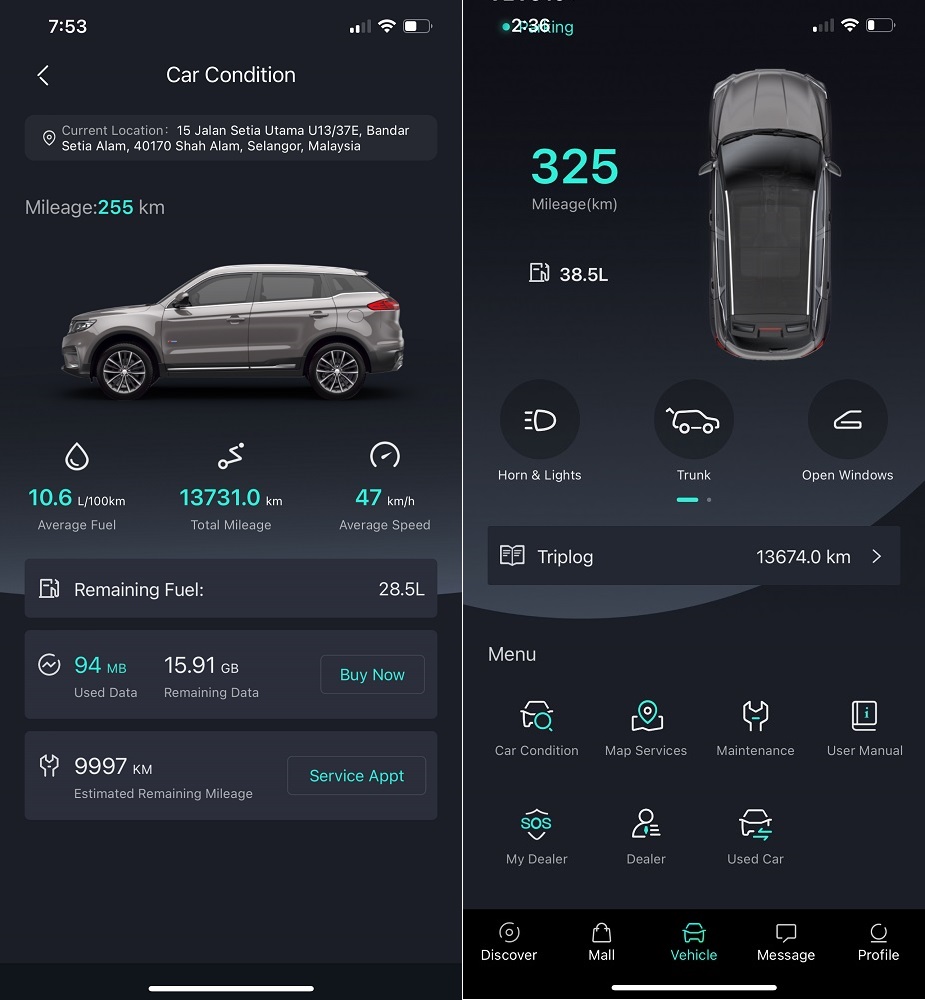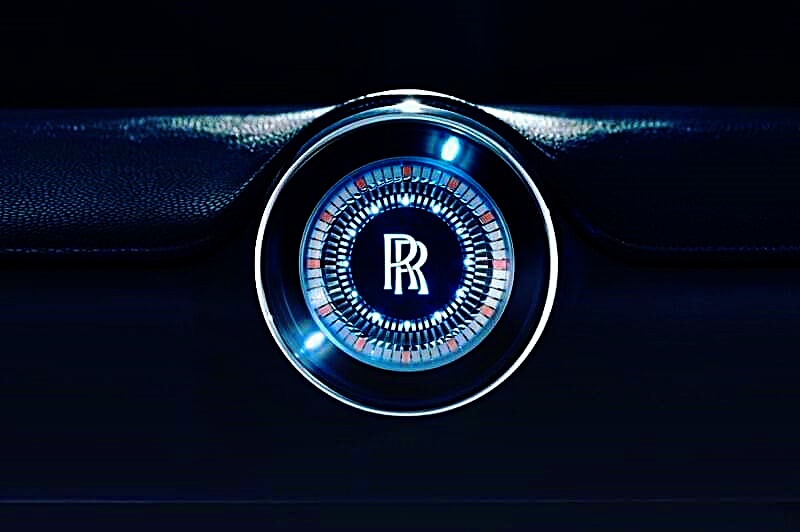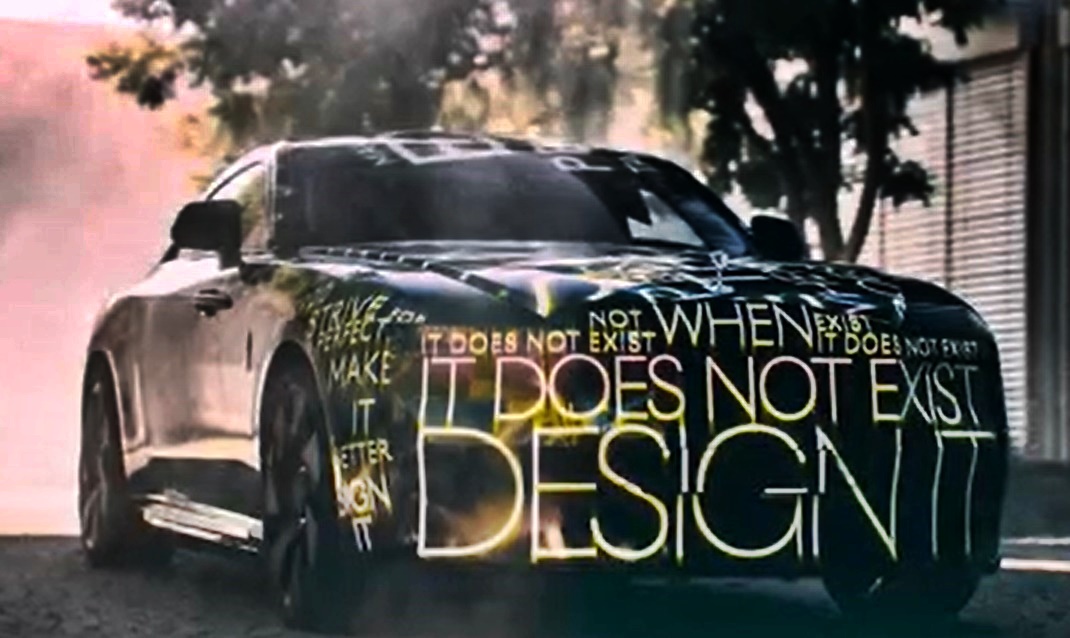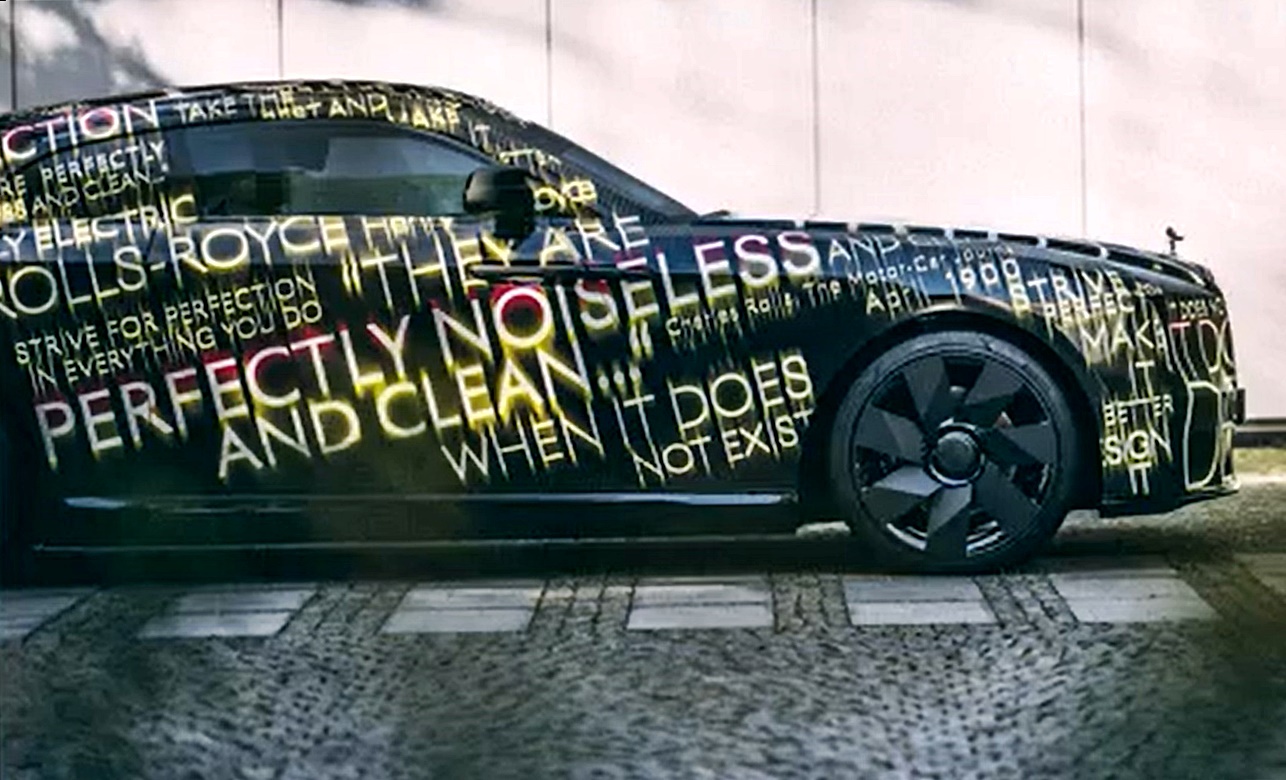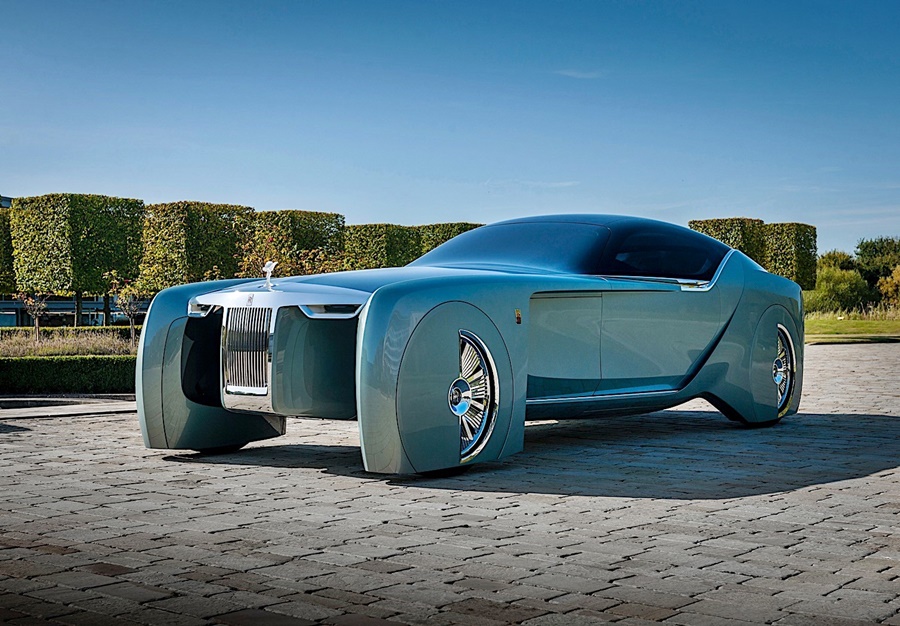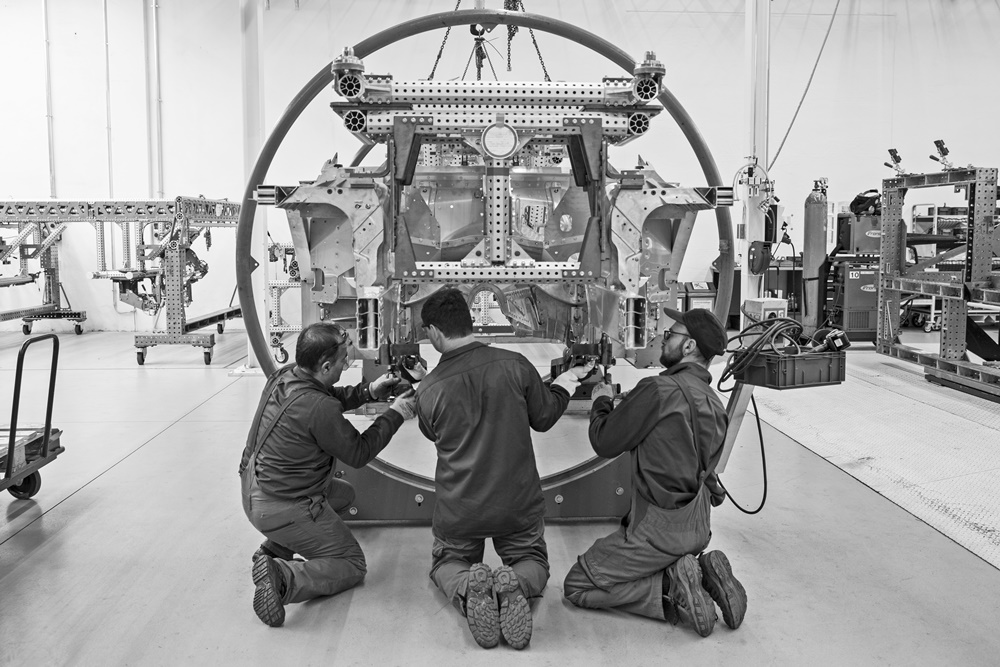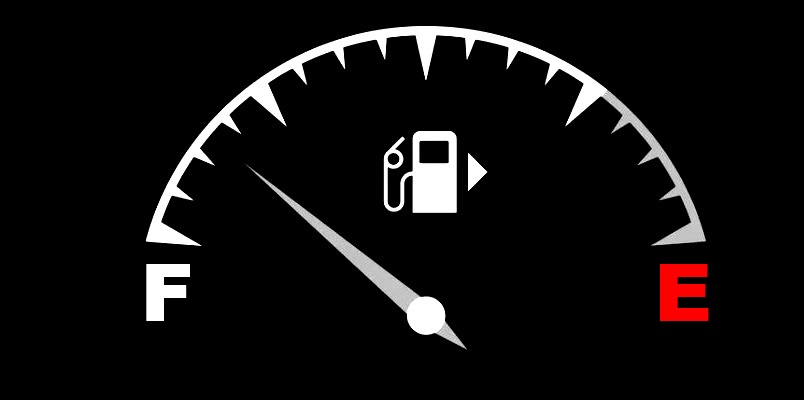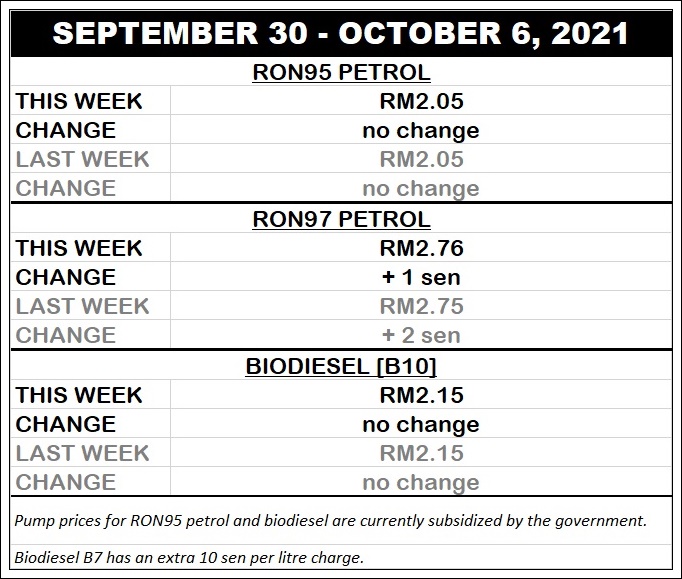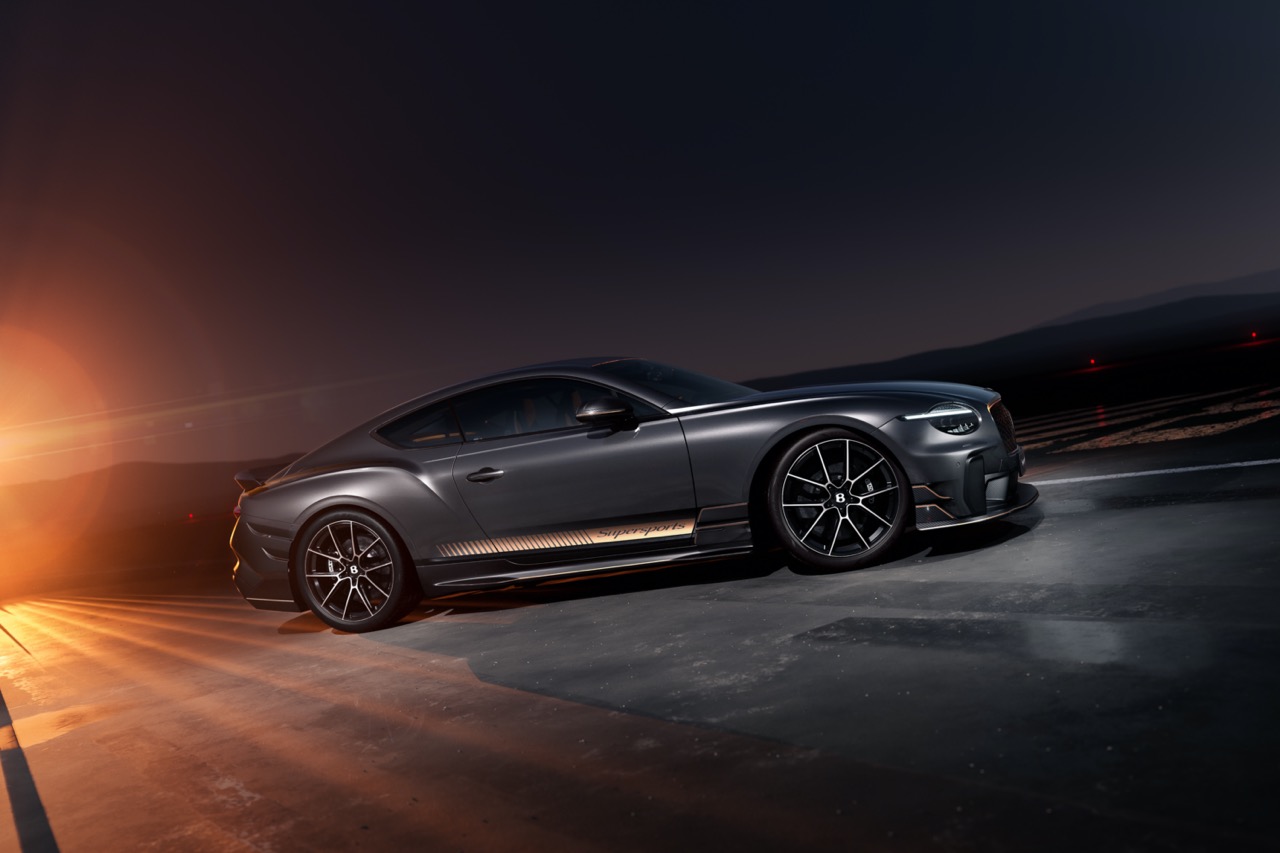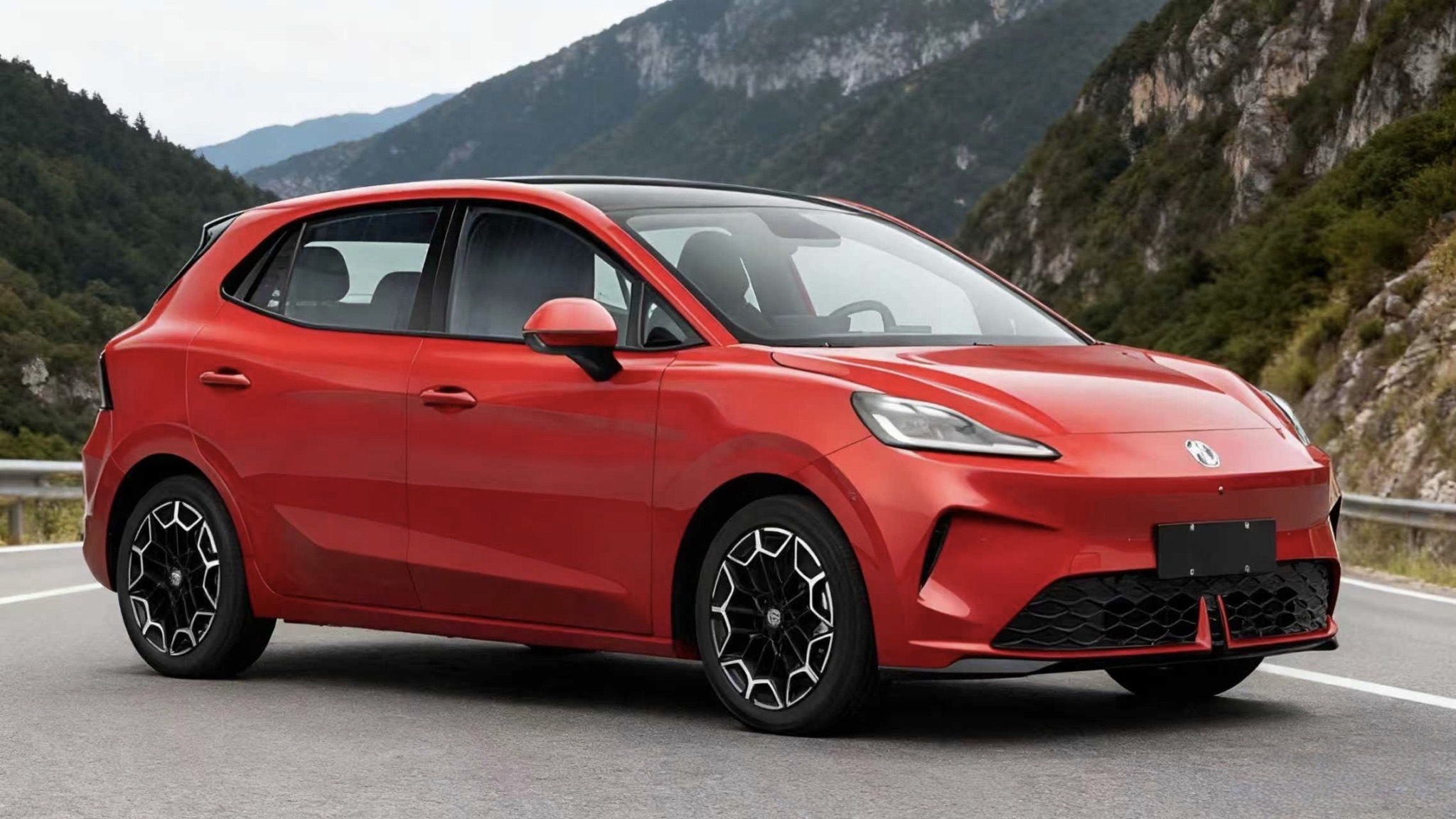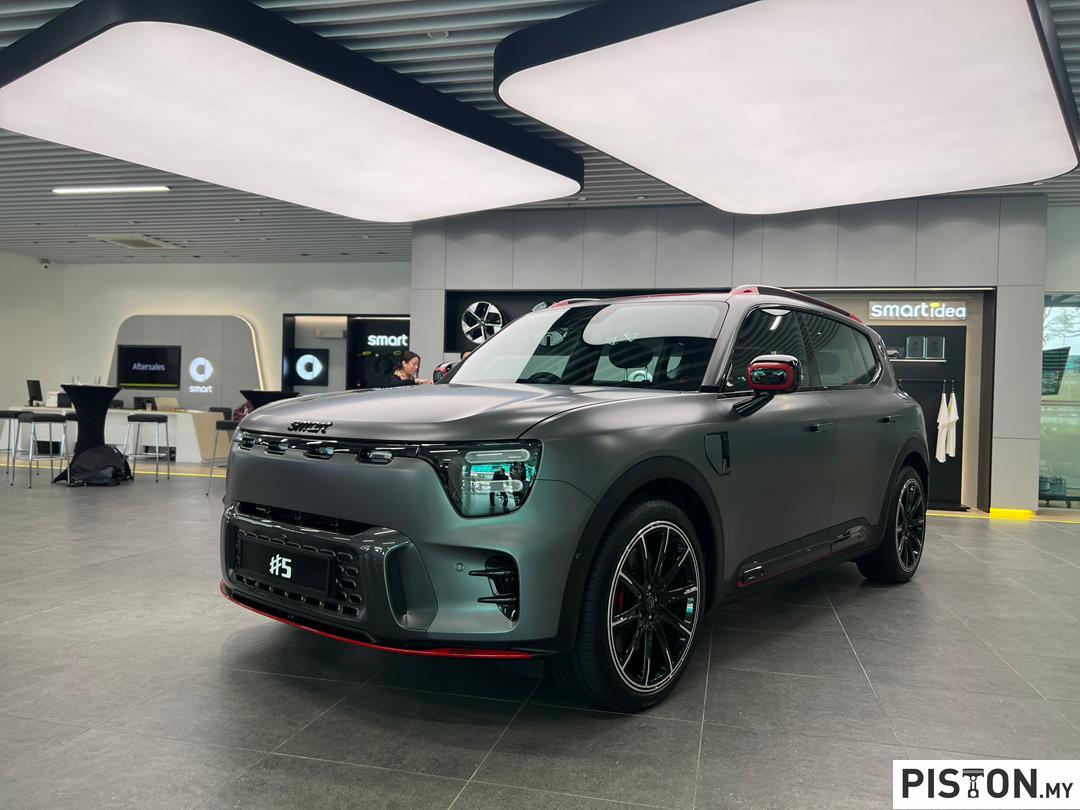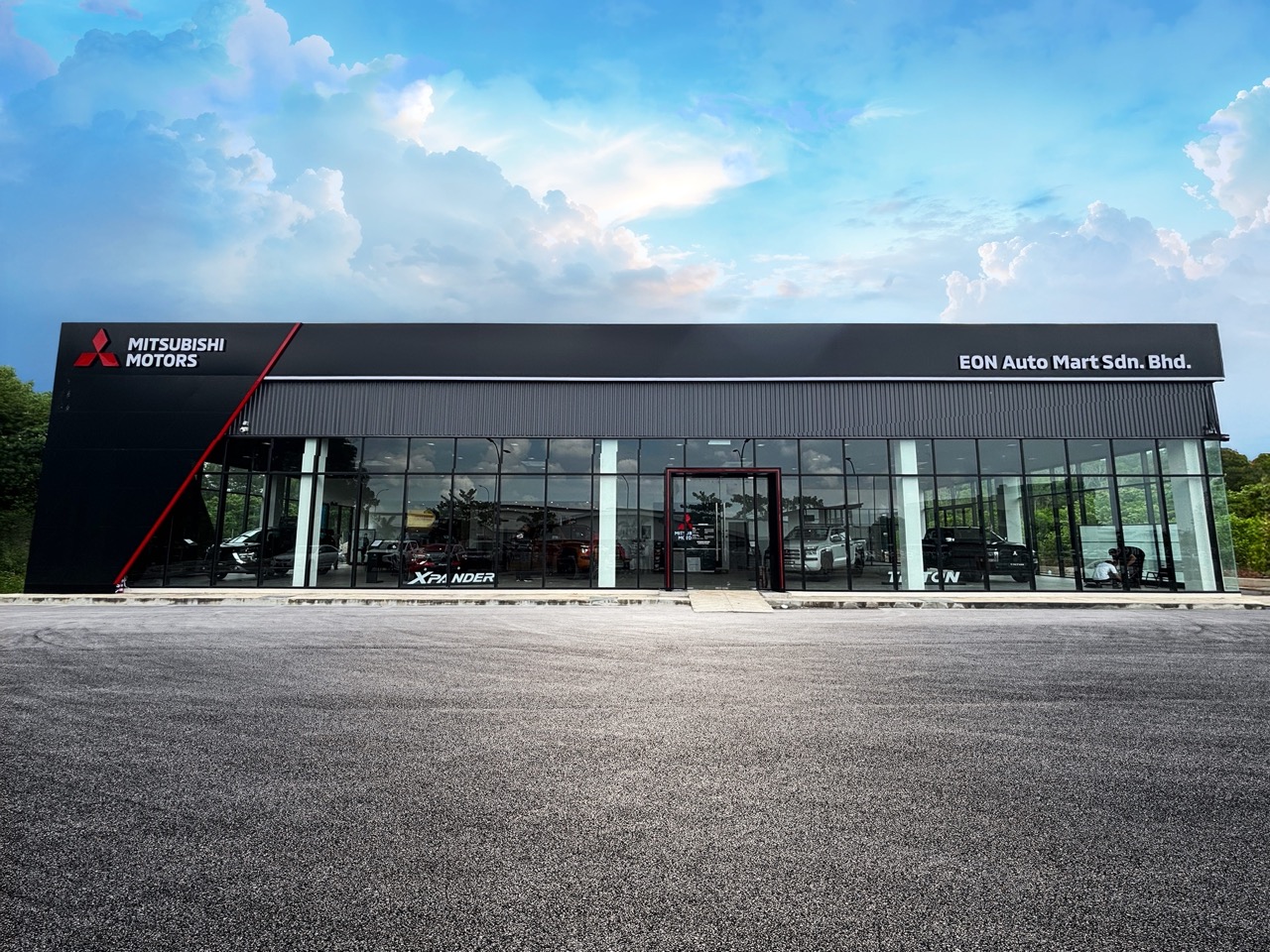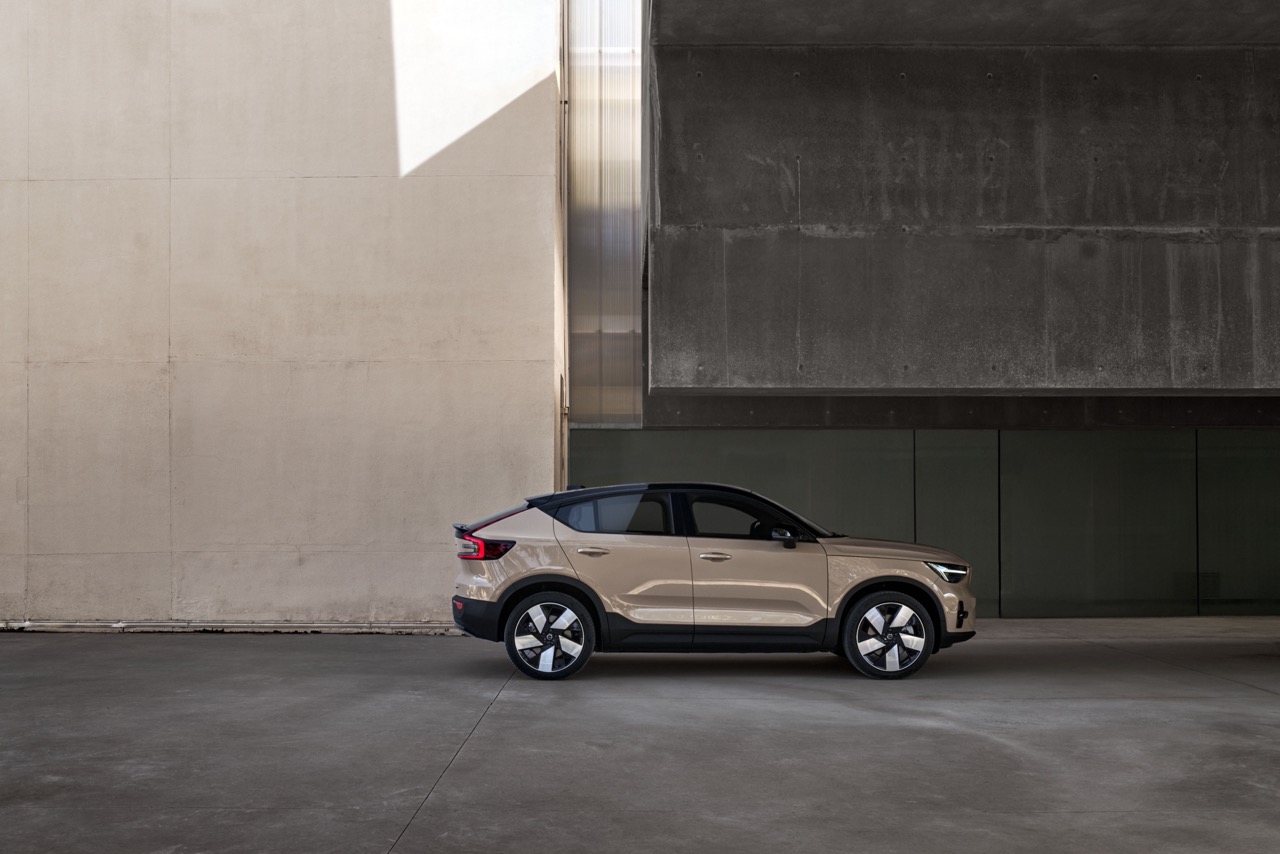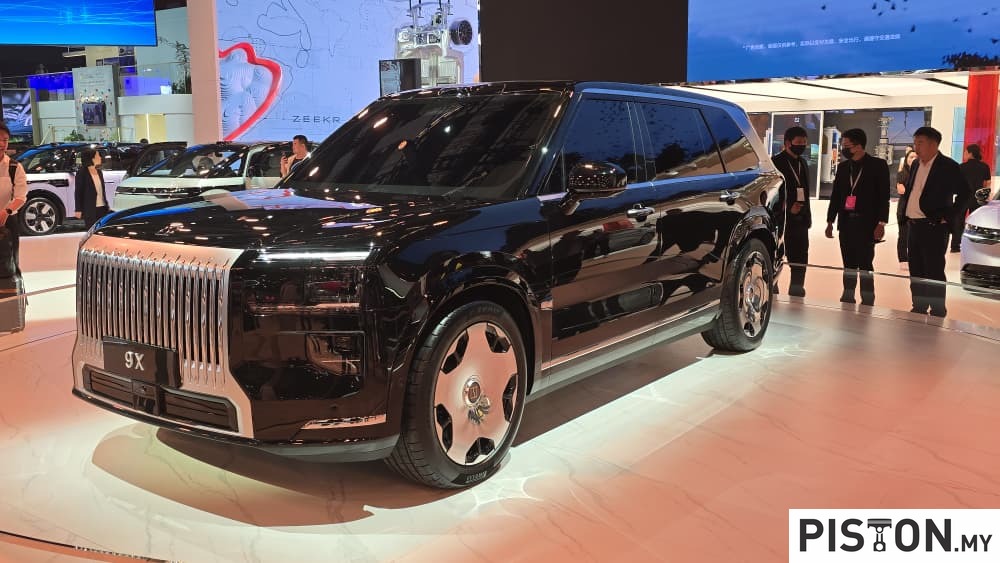Honda Malaysia has announced two programs for new customers who purchase new Honda vehicles from authorised dealers. One is enhanced coverage with the Customer Car Loan Protection Program and the other is a Vaccinated Customer Program, both running till the end of 2021.
The Customer Car Loan Protection Program is available to all customers who register a new Honda vehicle between October 1 and December 31, 2021. For a period of 1 year after the purchase, they will be able to receive a RM12,000 subsidy if they lose their job (terms and conditions apply). The subsidy to support the customer for the monthly instalments is a 100% increase compared to previous insurance coverage.
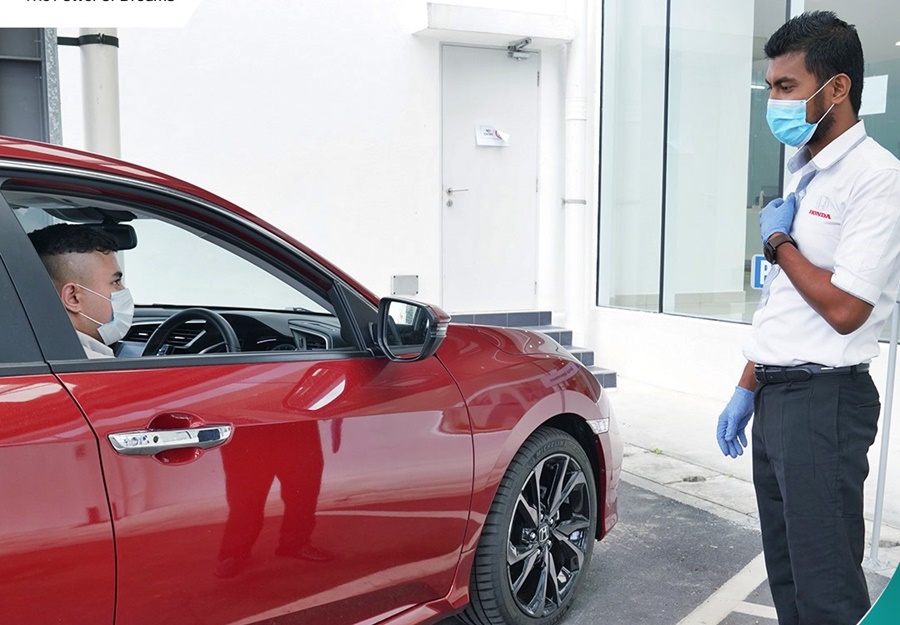
Additional benefits
Additionally, the Customer Car Loan Protection Program includes death or permanent disability coverage of RM20,000, which has also increased by 100% compared to the previous insurance coverage. There is also Burial or Cremation coverage of RM2,000 and Repatriation Expenses of RM5,000. With a total coverage amounting to RM39,000, coverage and benefits are more extensive than normal vehicle insurance coverage.
“We are mindful that having an ownership of a personal mode of transport to commute safely with one’s family is an important need for most Malaysians. By introducing the enhanced Customer Car Loan Protection Program, we aim to help our customers by providing them with some financial support to ease their monthly instalments should the customer be unexpectedly out of employment. This enhanced personal accident insurance initiative is to protect the car loan of new Honda customers so that they can continue to enjoy their new car with peace of mind and without disruptions,” said Honda Malaysia’s Managing Director and CEO, Madoka Chujo.
Vaccination has extra benefits
Under the new Vaccinated Customer Program, all new Honda customers will be entitled to a service voucher worth RM250 with a 1-year validity (terms and conditions apply) if they are registered for the national vaccination program. Those who have received vaccination confirmation and an appointment, or have been vaccinated either partially or fully, also qualify for the benefit.
The customer is required to complete the new car registration within the program period from October 1 to December 31, 2021. They will be required to show proof of their participation in the vaccination program via the MySejahtera mobile application.
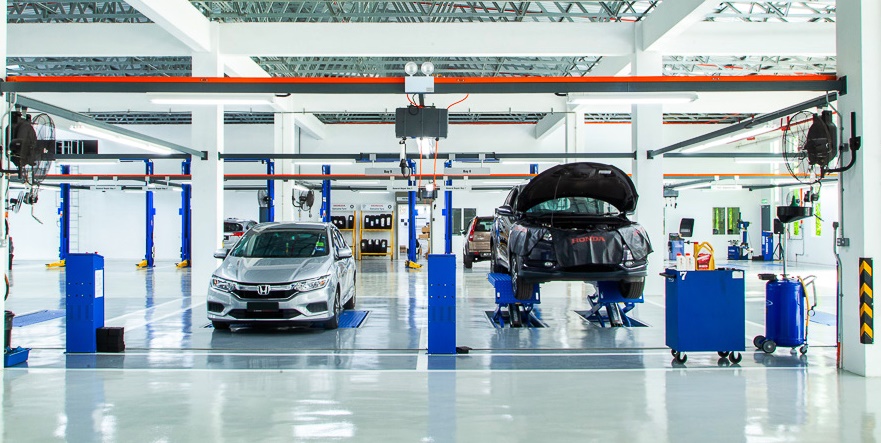
“This program is an initiative by Honda Malaysia to support the Malaysian Government’s vaccination program and to encourage people to get vaccinated in an effort to achieve herd immunity. We strongly believe that these programs that we have initiated will help support our customers to tide through this difficult period and more importantly, we wish to share with them the joy of owning a Honda car,” said Ms. Chujo.
Authorised Honda dealerships nationwide have commenced operations with strict compliance of Standard Operating Procedures (SOPs). In September 2021, all Honda dealerships nationwide participated in the ‘I’m Vaccinated’ campaign and all personnel on duty at showrooms and service centres are already fully vaccinated.
For more information on the enhanced Customer Car Loan Protection Program and new Vaccinated Customer Program, visit any authorised Honda dealership or call Honda’s Toll-Free number at 1-800-88-2020. Information and location of showrooms can also be found at www.honda.com.my.

